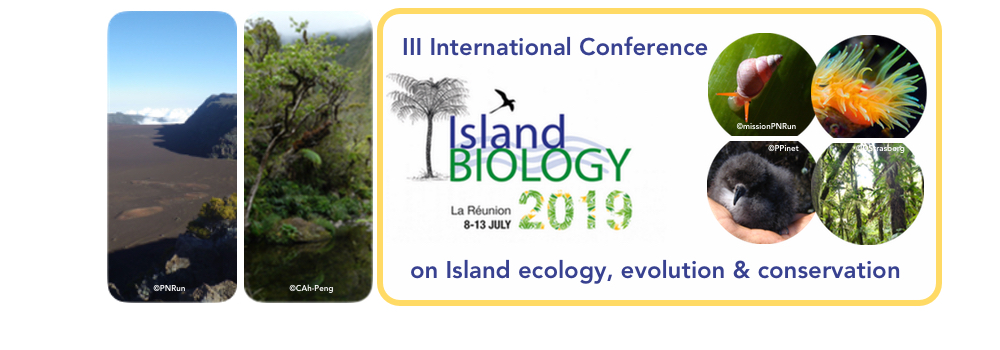In the last years we have seen a fascinating progression in the knowledge of how evolutionary and ecological processes shape biodiversity on islands, but also how insular biotas interact with continental biological assemblages. However, distinguishing among processes that can take place over different timescales but causing similar (phylo-)genetic signatures has remained problematic. In this respect, cutting-edge analytical tools have brought unprecedented insights into the mechanisms governing community assemblage on islands. The same technical advances have challenged the view of oceanic islands as evolutionary dead-ends, which had been built on typical insular syndromes such as the loss of dispersal capacities, to recently emphasize the role of oceanic islands not only as hotspots of endemism but also as glacial refugia for continental biodiversity.
Here I review whether traditional theories in biogeography and evolution hold for extremely mobile organisms, using bryophyte floras from oceanic archipelagos as a model. In particular, I revisit questions such as (i) how oceanic island and continental bryophyte floras relate; (ii) to what extent the island syndromes apply to this group of spore-producing plants; and (iii) what mechanisms or phenomena can explain the low levels of island endemism observed in bryophytes as compared to angiosperms. Based on innovative biogeographical, phylogeographic and genetic approaches, this talk aims at providing a general view on the underlying processes that shape diversity and community assembly in bryophytes, opening the door to exciting avenues of research.

 PDF version
PDF version
